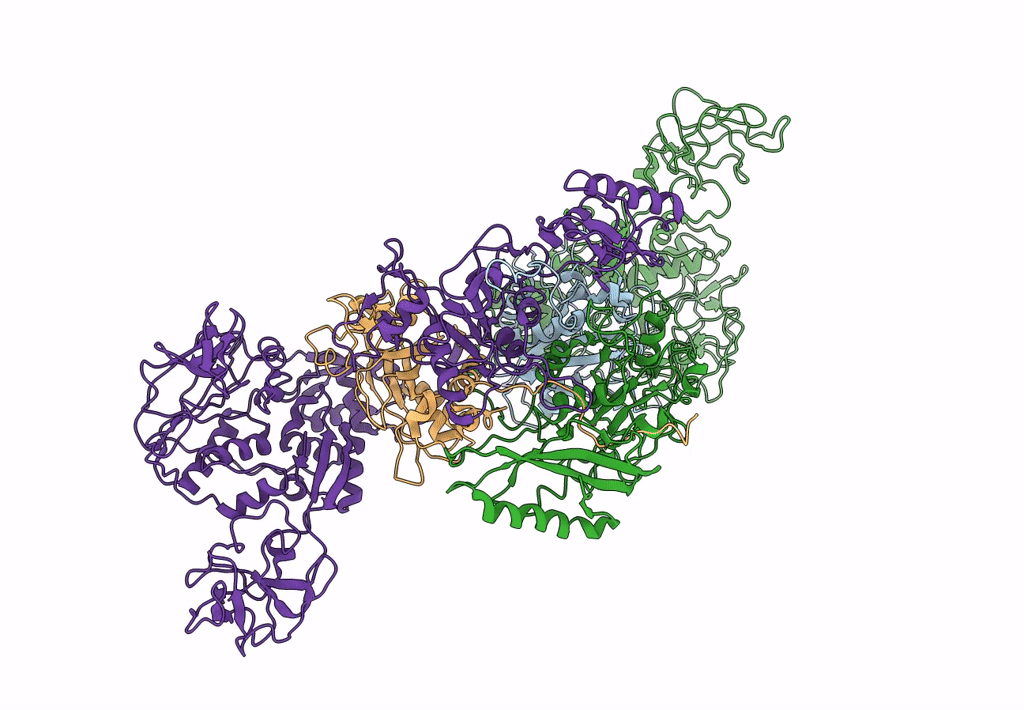
Deposition Date
2021-06-16
Release Date
2021-10-06
Last Version Date
2025-06-04
Entry Detail
PDB ID:
7N8Y
Keywords:
Title:
Oxidized PheRS G318W from Salmonella enterica serovar Typhimurium
Biological Source:
Source Organism:
Host Organism:
Method Details:
Experimental Method:
Resolution:
3.65 Å
Aggregation State:
PARTICLE
Reconstruction Method:
SINGLE PARTICLE


